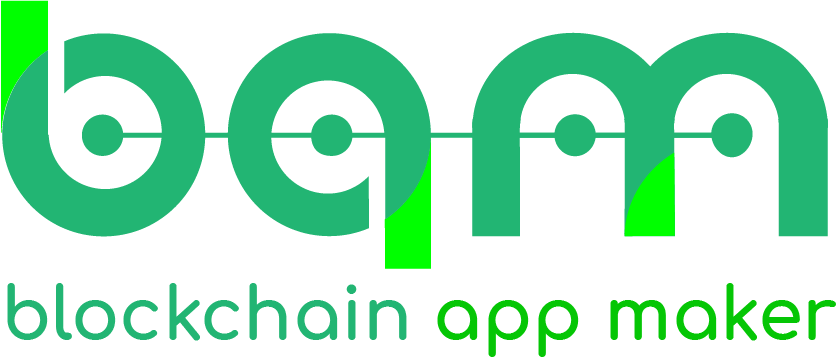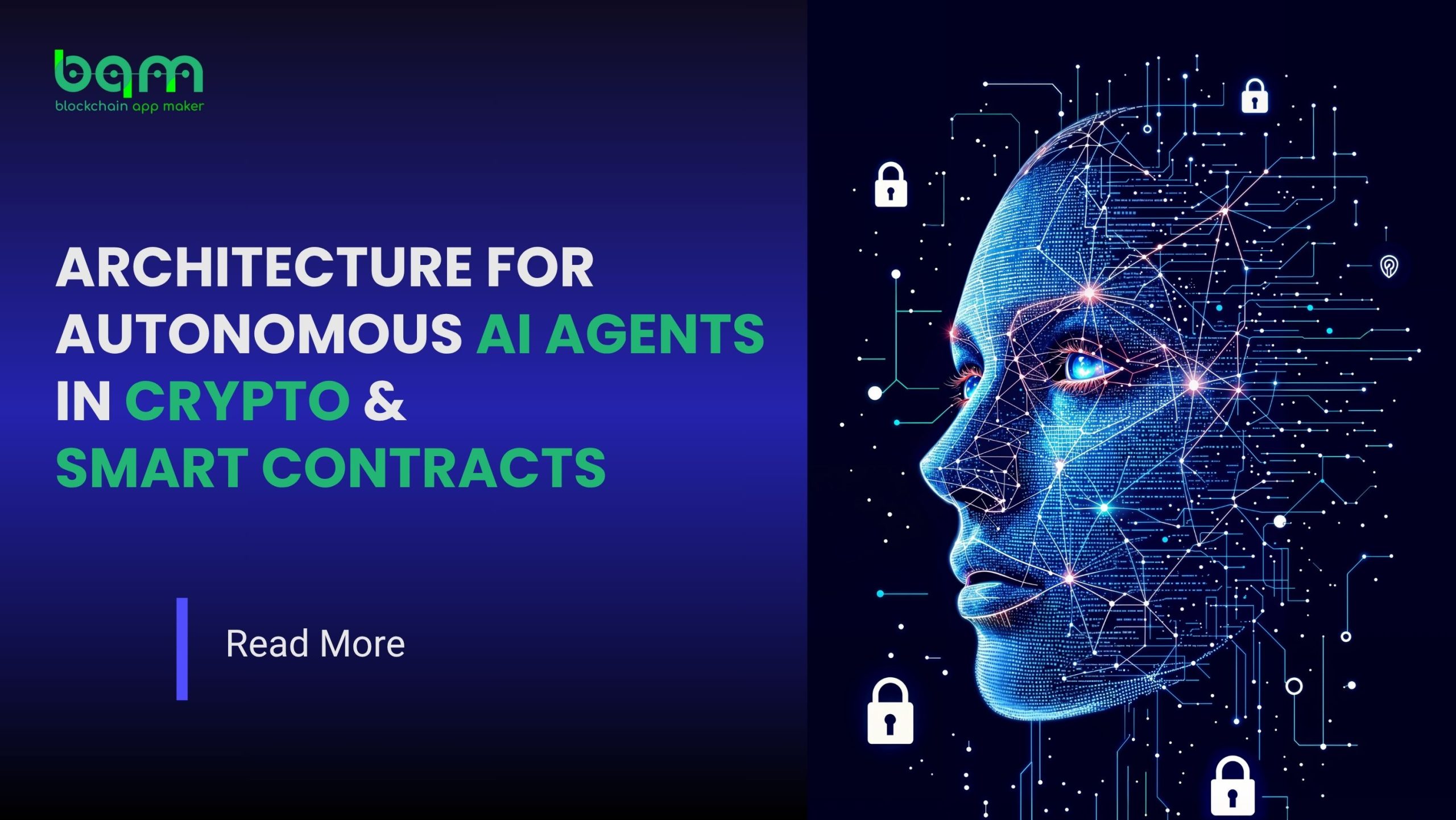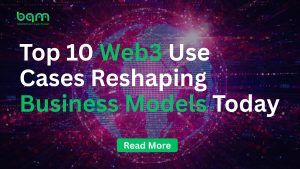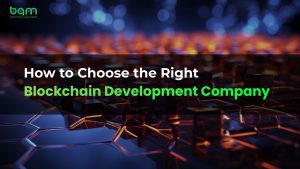Introduction
The next evolution of Web3 isn’t just decentralized—it’s autonomous. We’re moving beyond simple bots to sophisticated AI agents that can manage treasuries, execute complex DeFi strategies, and govern DAO operations with true economic agency.
But most attempts at building autonomous AI agents for crypto fail due to fundamental architectural flaws or catastrophic security oversights.
After developing agent prototypes for hedge funds and major DAOs, we’ve distilled our experience into this comprehensive technical blueprint.
This isn’t theoretical—it’s a battle-tested framework for creating secure, production-ready systems that can safely own assets and interact with smart contracts at scale.
The Foundation: What Makes an AI Agent Truly “Autonomous” in Web3?
An autonomous on-chain agent must possess three critical capabilities that distinguish it from simple automation scripts:
1. True Economic Agency
- The agent controls a non-custodial wallet with exclusive access to its private keys.
- This isn’t API access to an exchange account—it’s genuine sovereignty over on-chain assets, requiring secure key management that prevents theft while enabling programmatic signing.
- If you’re exploring such secure solutions, consider partnering with a blockchain development company experienced in smart contract and crypto wallet integration.
2. Context-Aware Decision Making
- Beyond following “if-then” rules, advanced agents use machine learning models to interpret complex market conditions, predict gas prices, and optimize strategy execution.
- They can process natural language proposals from DAO discussions and translate them into executable on-chain actions—a feature often supported by advanced AI blockchain development services.
3. Persistent Goal Pursuit
- The agent operates against defined objectives such as:
- “Increase treasury yield by 15% annually”
- “Maintain liquidity pool balance”
- It learns from failed transactions, adapts to changing market conditions, and pursues its goals through iterative actions—all without constant human intervention.
The 5-Layer Architecture for Production-Ready AI Agents
Most failed agent implementations try to build everything as one monolithic application.
Our proven approach uses a modular, security-first architecture that separates concerns and contains failures.
Layer 1: Multi-Modal Data Perception & Validation
The quality of an agent’s decisions depends entirely on the quality of its data inputs.
This layer aggregates and validates information from multiple sources:
On-Chain Data Direct Integration
- Direct RPC connections to multiple node providers (Infura, Alchemy) for redundancy
- Use The Graph Protocol for complex historical queries and event indexing
- Real-time mempool monitoring for front-running protection
- Custom event listeners for specific smart contract development interactions
Oracle Integration & Validation
- Primary data from Chainlink and Pyth Network
- Cross-verification of price feeds across multiple oracle providers
- Custom oracle designs for unique data requirements (e.g., social sentiment)
- Data consistency checks and anomaly detection algorithms
Internal State Management
- Maintain comprehensive transaction history and portfolio tracking
- Track gas spending patterns and optimization opportunities
- Monitor performance metrics against objectives
- Log all decision processes for audit and improvement
Layer 2: Advanced Decision-Making Engines
The reasoning layer determines what action to take based on perceived data.
We implement multiple decision-making approaches:
Deterministic Rule Engines
- Ideal for high-security, predictable operations
- Example:
- “If treasury ETH allocation > 70%, sell excess on Uniswap V3”
- Multi-signature requirement for large transactions
- Perfect for treasury management and automated rebalancing
Machine Learning & Reinforcement Learning
- Reinforcement Learning (RL) agents learn strategies through simulation
- Time-series forecasting for price prediction
- Anomaly detection to identify manipulation or risks
- Multi-armed bandit algorithms for optimizing yield farming
These can be implemented efficiently with AI and ML blockchain integration frameworks.
Large Language Model Integration
- Natural language interpretation of DAO proposals
- Sentiment analysis of markets and social media
- Automatic generation of governance proposals and explanations
- Translation between human-readable goals and executable code
Layer 3: Secure Transaction Lifecycle Management
This is the most critical security layer, where decisions become irreversible on-chain actions.
Action Intent Formulation
- The reasoning engine outputs structured action intents
- Validate parameters and constraints
- Perform risk assessment and impact analysis
- Compliance checks for regulatory alignment
Pre-Execution Simulation & Validation
- Simulate transactions using Tenderly or Hardhat forks
- Revert condition analysis and gas estimation optimization
- Slippage calculation and acceptable loss parameters
- Smart contract interaction validation
Enterprise-Grade Key Management
- Use Hardware Security Modules (HSMs) or Cloud KMS
- Multi-Party Computation (MPC) for decentralized key management
- HD wallet structures for fund separation
Transaction Signing & Broadcasting
- Secure signing in isolated environments
- Optimal gas price calculation based on urgency
- Private transaction bundling (Flashbots)
- Multi-chain compatibility — achievable with multi-chain blockchain app development.
Layer 4: Execution Monitoring & State Verification
After broadcasting transactions, the agent must verify execution and handle failures effectively.
Transaction Lifecycle Tracking
- Real-time monitoring of transaction status
- Automatic replacement of stalled transactions
- Timeout handling and cancellation capabilities
- Comprehensive logging of outcomes
State Change Verification
- Post-execution balance verification
- Event confirmation from smart contracts
- Portfolio reconciliation and updates
- Failure analysis and root cause investigation
Gas Optimization Strategies
- Dynamic gas prediction based on network congestion
- Layer 2 optimization for cost-effective operations
- Batch processing where supported
- Gas token utilization and refund maximization
Layer 5: Meta-Governance & Safety Controls
Autonomous systems require robust oversight mechanisms for resilience.
Circuit Breakers & Kill Switches
- Automated pausing on anomalies or losses
- Multi-signature controlled emergency shutdown
- Time-locked administrative functions
- Jurisdiction-based restrictions
Performance Monitoring & Alerting
- Real-time dashboards for agent activity
- Automated alerts for underperformance
- Regular health checks
- External monitoring for third-party oversight
Upgrade Management & Version Control
- Secure agent code updates
- A/B testing framework for improvements
- Version rollback for problematic updates
- Immutable audit trails for all changes
Implementation Roadmap: From Concept to Production
Building a successful agent requires a disciplined, phased approach:
Phase 1: Strategy Development & Backtesting (4–6 weeks)
- Define objectives and success metrics
- Validate strategies against historical data
- Establish risk parameters
- Build backtesting frameworks
Phase 2: Simulation Environment & Testing (2–3 weeks)
- Deploy against forked mainnets
- Test with simulated assets and real gas costs
- Validate security controls and failure modes
Phase 3: Limited Live Deployment (Ongoing)
- Start with small capital allocation
- Use graduated autonomy with human oversight
- Monitor real-world performance
Phase 4: Full Production Scaling (Continuous)
- Scale capital allocation
- Enable multi-agent coordination
- Conduct security audits and continuous optimization through a trusted blockchain app development company.
Real-World Case Studies & Implementation Patterns
Case Study 1: DAO Treasury Management Agent
Developed for a major DeFi DAO managing a $45M treasury:
- Automated rebalancing across 12 asset positions
- Yield optimization across lending protocols
- Liquidity provision management
- Governance proposal execution
Results:
- 27% improvement in treasury yield
- 90% reduction in manual overhead
- Prevention of a $2.3M impermanent loss
Case Study 2: DeFi Strategy Execution Agent
A quantitative fund needed complex cross-protocol strategies:
- Cross-DEX arbitrage and multi-protocol yield farming
- Dynamic leverage adjustment
- Portfolio hedging via derivatives
Challenges:
Oracle latency, MEV protection, cross-chain coordination, and gas optimization across 5 networks.
Common Pitfalls & Critical Success Factors
Security Anti-Patterns to Avoid
- Storing private keys in code or environments
- Skipping simulation for urgent trades
- Using unaudited smart contracts
- Ignoring failure mode testing
Performance Optimization Requirements
- Sub-second decision latency
- Multi-chain compatibility
- 15–40% gas optimization savings
- Handle 1000+ transactions daily
Compliance & Regulatory Considerations
- OFAC-compliant monitoring
- Jurisdictional restrictions
- Audit trails and reporting
- Privacy-preserving operations
Conclusion & Strong Call to Action
Building autonomous AI agents for crypto is the new frontier of Web3—and it’s already transforming how organizations operate.
The architecture shared above reflects thousands of development hours, security audits, and live deployments across institutional-grade systems. These agents are already managing assets, executing trades, and governing DAOs—safely and autonomously.
But precision matters. A single architectural mistake can mean irreversible financial loss. This domain demands deep blockchain security, AI expertise, and real-world engineering discipline.
At Blockchain App Maker, we combine these capabilities to help organizations design, build, and deploy secure autonomous AI agents—backed by enterprise-grade reliability and audit-ready transparency.
Ready to bring AI autonomy into your Web3 operations?
Schedule a comprehensive architecture review with our technical team today. We’ll evaluate your goals, map the risks, and create a detailed roadmap for secure, production-ready implementation.




